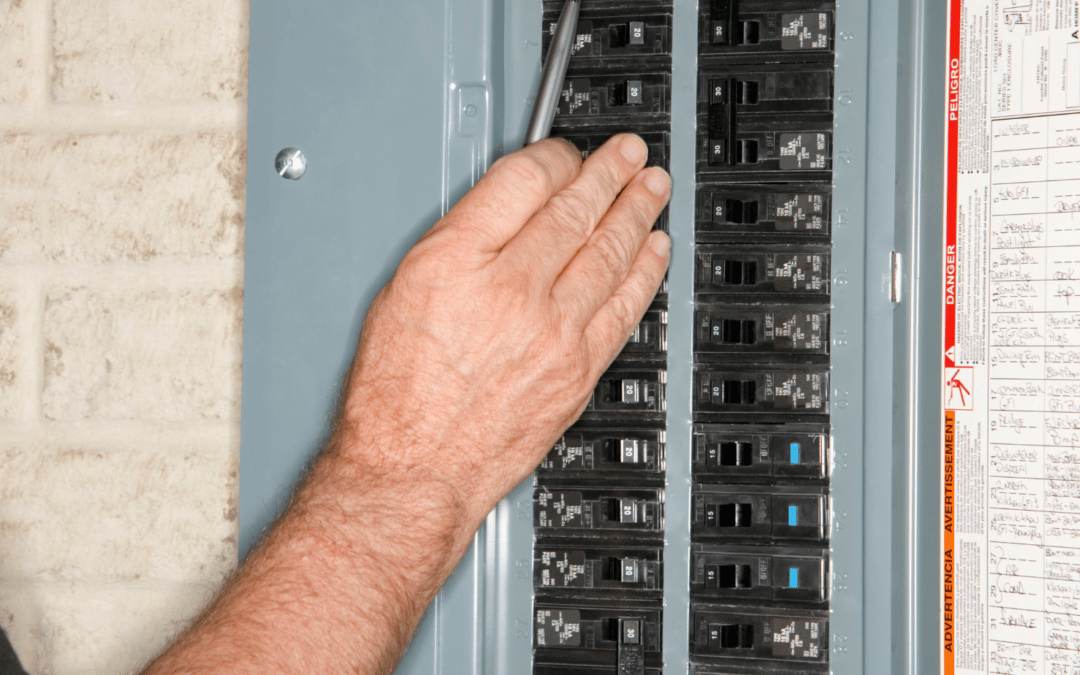Improve processes with professional mechanical system optimisation support.
Improve processes with professional mechanical system optimisation support.
Blog Article
Top Tips for Effective Electrical System Troubleshooting
Troubleshooting electric systems requires a systematic method, grounded in a comprehensive understanding of electric concepts and security procedures. The nuances of efficient fixing prolong past plain technical knowledge; understanding how to document searchings for and prioritize security can considerably influence results.
Understand the Basics
Understanding the essentials of electric systems is necessary for effective troubleshooting, as a solid structure allows specialists to detect and fix concerns extra effectively. A thorough understanding of electric principles, such as voltage, present, resistance, and power, is essential in recognizing the source of problems. Voltage is the electric potential difference that drives current with a circuit, while resistance opposes the flow of current, influencing the total performance of the system.
Familiarity with circuit components, consisting of resistors, capacitors, diodes, and switches, is also paramount. Each element plays an unique function in circuit actions and can affect efficiency when malfunctioning. In addition, recognizing collection and parallel circuit setups is vital, as these setups affect the circulation of voltage and existing within the system.
In addition, knowledge of security methods is vital. Service technicians must be aware of potential hazards, such as shock and brief circuits, to implement safe troubleshooting techniques. By understanding these fundamental concepts, specialists boost their capacity to perform reliable diagnostics and repair work, inevitably resulting in enhanced efficiency and dependability of electrical systems. This fundamental knowledge is the foundation of successful fixing endeavors.
Gather Necessary Equipment
Efficient troubleshooting of electrical systems needs the appropriate collection of devices to diagnose and deal with concerns precisely. Important devices include a multimeter, which gauges voltage, existing, and resistance, permitting for specific evaluations of electric components.
Furthermore, insulated hand tools such as screwdrivers, pliers, and wire strippers are essential for securely adjusting electric links. It is also suggested to have a circuit tester accessible to validate the visibility of voltage in electrical outlets and cables. For more facility systems, a thermal imaging cam can assist spot overheating components, suggesting potential failures.

Adhere To a Methodical Strategy
Having actually collected the suitable devices, the next action in repairing electrical systems is to adhere to a methodical technique. A methodical strategy makes sure that professionals can determine faults effectively and accurately, decreasing downtime and preventing unnecessary repair services.
Begin by evaluating the description system's schematic representations and requirements. This entails checking each component methodically, starting from the power source and functioning towards the load.
Utilize testing tools, such as multimeters and oscilloscopes, to gather unbiased information about voltage, existing, and resistance at different points within the system. This empirical evidence will lead your troubleshooting efforts and help to validate or get rid of potential sources of failure.
Additionally, take into consideration ecological factors that may affect the system's efficiency, such as temperature level fluctuations or dampness access. An extensive evaluation of circuitry, links, and parts will make certain that all opportunities are accounted for.
Paper Your Findings
Comprehensive paperwork is necessary in the troubleshooting procedure of electric systems. Exact documents enhance the performance of determining reoccuring issues and promote interaction amongst group participants. Each searching for ought to be carefully noted, including symptoms observed, tests conducted, and the outcomes of those examinations. electrical system troubleshooting. This method not only aids in recognizing the source of the issue however additionally acts as a reference for future fixing initiatives.

In addition, keeping a log of components changed or repairs carried out is indispensable. This info sustains stock administration and can assist assess the longevity and reliability of details components.
Inevitably, the paperwork process must be thorough yet concise, making it possible for very easy access and evaluation - electrical system troubleshooting. By prioritizing comprehensive documentation, specialists can produce a valuable knowledge base that not just aids in existing troubleshooting but also equips future upkeep efforts, consequently enhancing overall system integrity

Prioritize Precaution
Identifying the inherent threats linked with electric systems is vital for ensuring safety during troubleshooting. Electric shock, burns, and devices damage are simply a few of the possible hazards that technicians deal with. Prioritizing safety procedures click is not only a lawful obligation yet likewise an ethical essential that safeguards both the technician and the surrounding environment.
Prior to commencing any kind of troubleshooting task, technicians need to don proper individual protective devices (PPE), including protected handwear covers, shatterproof glass, and flame-resistant apparel. Making certain that the workspace is completely dry and complimentary of clutter can considerably decrease the threat of accidents. Moreover, it is necessary to de-energize circuits prior to starting any type of job, validating that they are not endure making find use of a multimeter or voltage tester.
Developing clear interaction protocols with staff member is likewise essential; this guarantees that everybody understands prospective risks and the status of the electrical system being serviced. Finally, having an emergency action plan in position can show indispensable in case of a case. By focusing on safety measures, specialists can efficiently alleviate dangers and cultivate a safer workplace.
Conclusion
Effective electric system repairing relies on a comprehensive understanding of essential principles and a systematic strategy. By gathering necessary devices, sticking to organized examination methods, and meticulously recording findings, the troubleshooting procedure becomes much more effective and trusted. Focusing on precaution guarantees the wellness of individuals involved and the integrity of the electrical system. Executing these methods will certainly enhance the troubleshooting experience, causing quicker resolutions and improved functional effectiveness in electrical systems.
Report this page